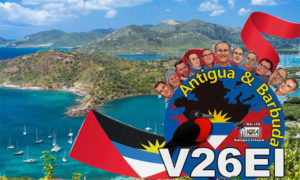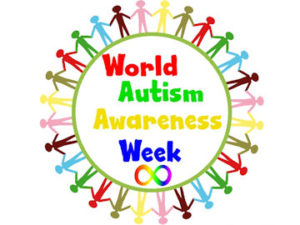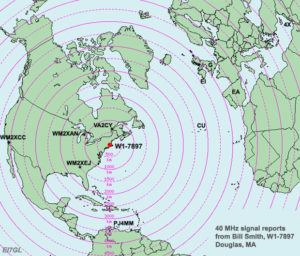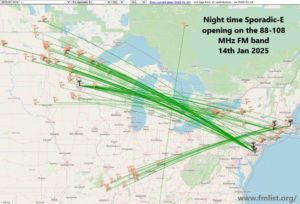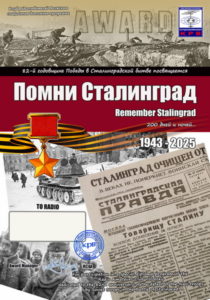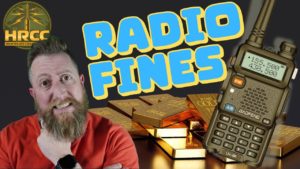Air Force Research Laboratory Tracks Sporadic E
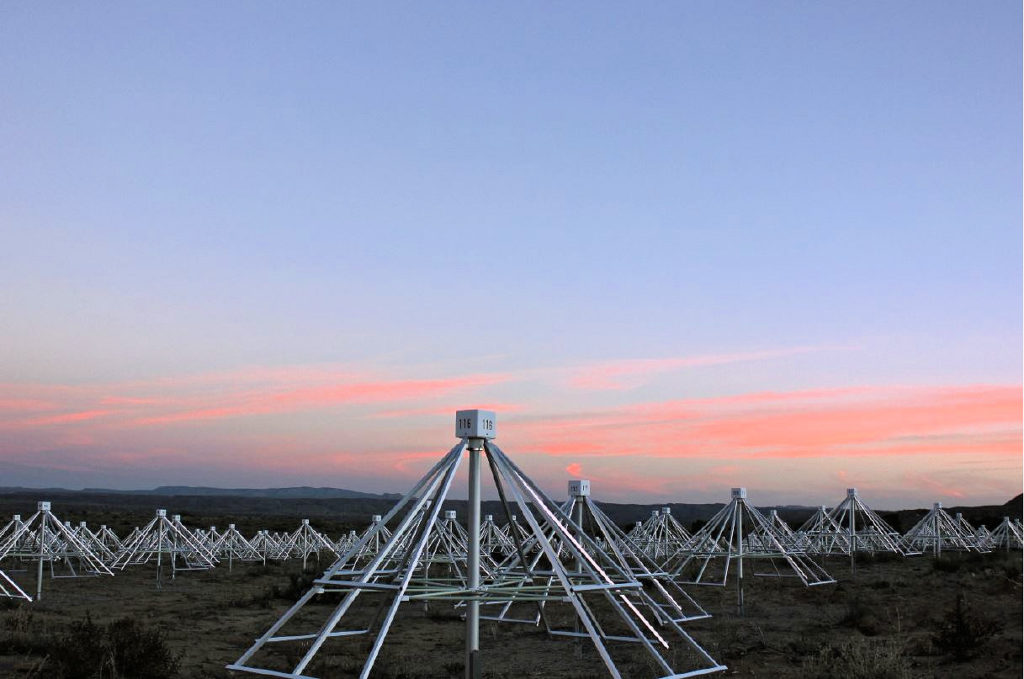
Researchers at the Air Force Research Laboratory (AFRL) in New Mexico have discovered a new way to track and characterize sporadic E, which occurs when large structures of dense plasma form naturally in the upper atmosphere. These plasma structures, which occur at mid-latitude locations around the world, can affect radio wave propagation in both positive and negative ways. VHF enthusiasts frequently take advantage of sporadic-E propagation (or E-skip) to work stations outside of their local area.
“Previous methods to observe these structures were insufficient for identifying and tracking these structures over large regions,” said Ken Obenberger, a research physicist at AFRL. “It would be advantageous to actively identify where these structures are, where they are going, and how dense they are. And we thought we could find a better way.”
The new method, developed by Obenberger and collaborators at AFRL and the University of New Mexico, leverages unintentional RF emissions from power lines, and using broadband radio noise, they can map and track dense sporadic-E structures.
“Since power lines are widespread, we can observe sporadic E over a very large region surrounding our observatory, the Long Wavelength Array (LWA), an asset of our collaborators at the University of New Mexico,” Obenberger said. “This technique could be used anywhere in the world where there is an electrical grid and an instrument similar to the LWA, and we are lucky because there are not many.”
This kind of technology could be of interest to those who rely on HF and VHF frequencies, such as radio amateurs, mariners, broadcasters, and the military.
Radio amateurs have long taken advantage of sporadic E for long-range communication in the VHF bands, such as 6 and 2 meters. Climatology of sporadic E can provide a probability that it will occur, but the actual presence of sporadic E can only be determined through trial-and-error observations.
“This is similar to how meteorologists can predict how likely thunderstorms will occur in the afternoons above New Mexico during monsoon season, but use Doppler radar to identify and track specific thunderstorms as they occur,” notes Chris Fallen, KL3WX, one of Obenberger’s collaborators at AFRL. “Ken’s technique basically provides weather radar for sporadic E, only using radio noise from power lines as the radar transmitter.”
Having accurate “now-casting” of sporadic E could prove critical during disaster situations where hams may play a key role in supporting the communication of vital information.
“Better understanding will lead to improved design and use of radio systems that mitigate the negative effects and take advantage of the good effects, thereby ensuring a stronger emergency communication network,” Obenberger said. “We are interested in sporadic E and the effect it has on radio wave propagation, both good and bad.” — Thanks to Joanne Perkins, Air Force Research Laboratory
If you have found a spelling error, please, notify us by selecting that text and pressing Ctrl+Enter.
